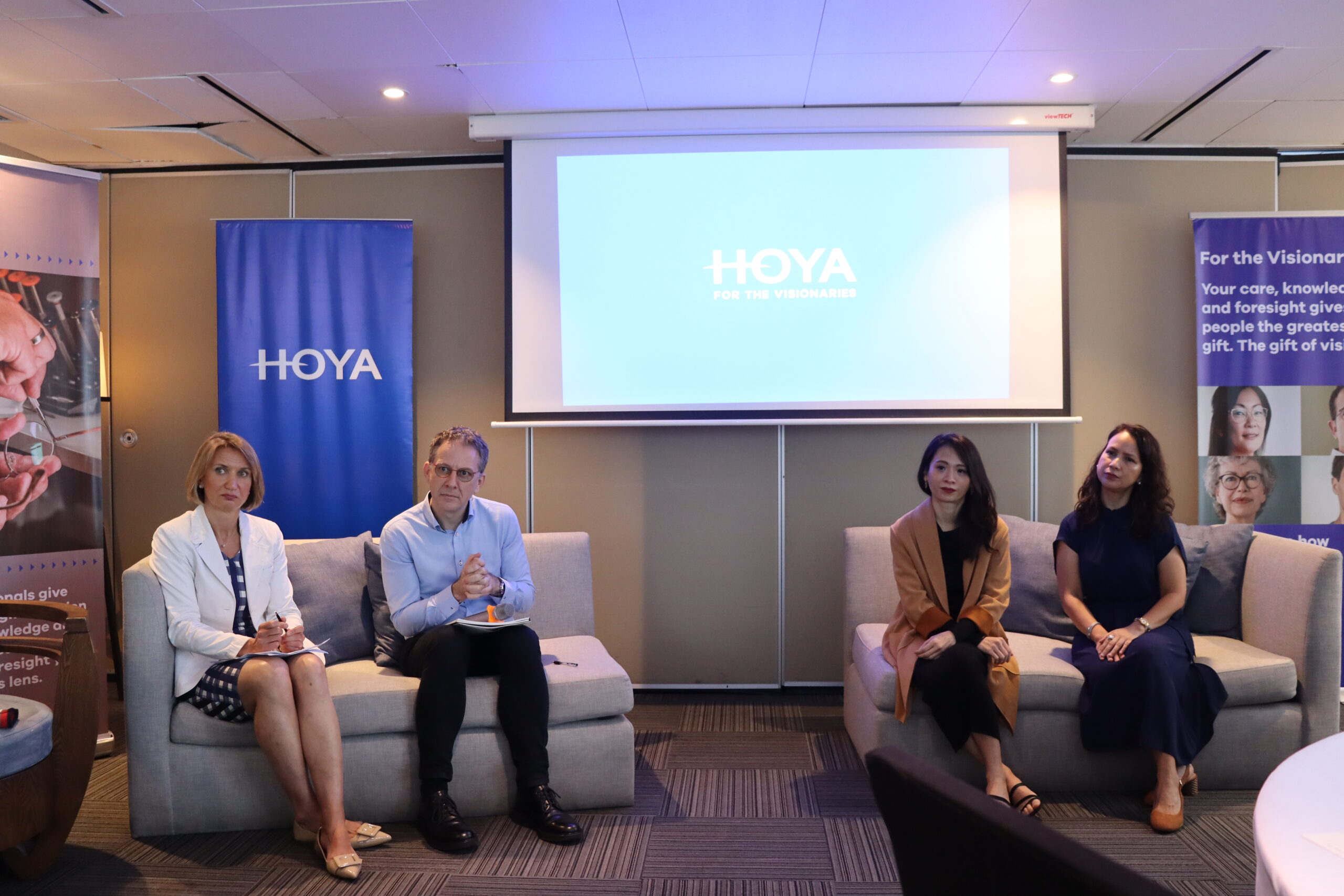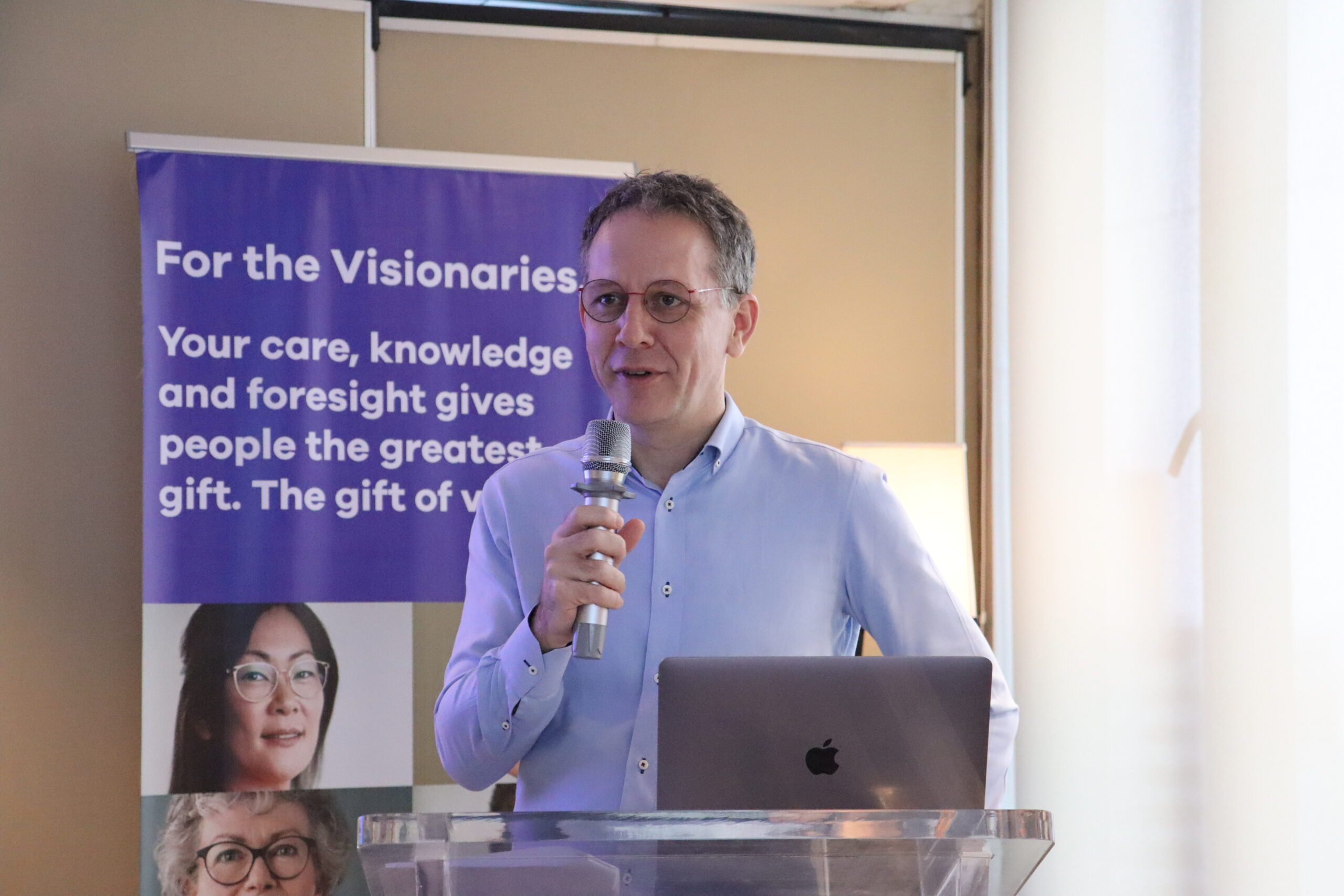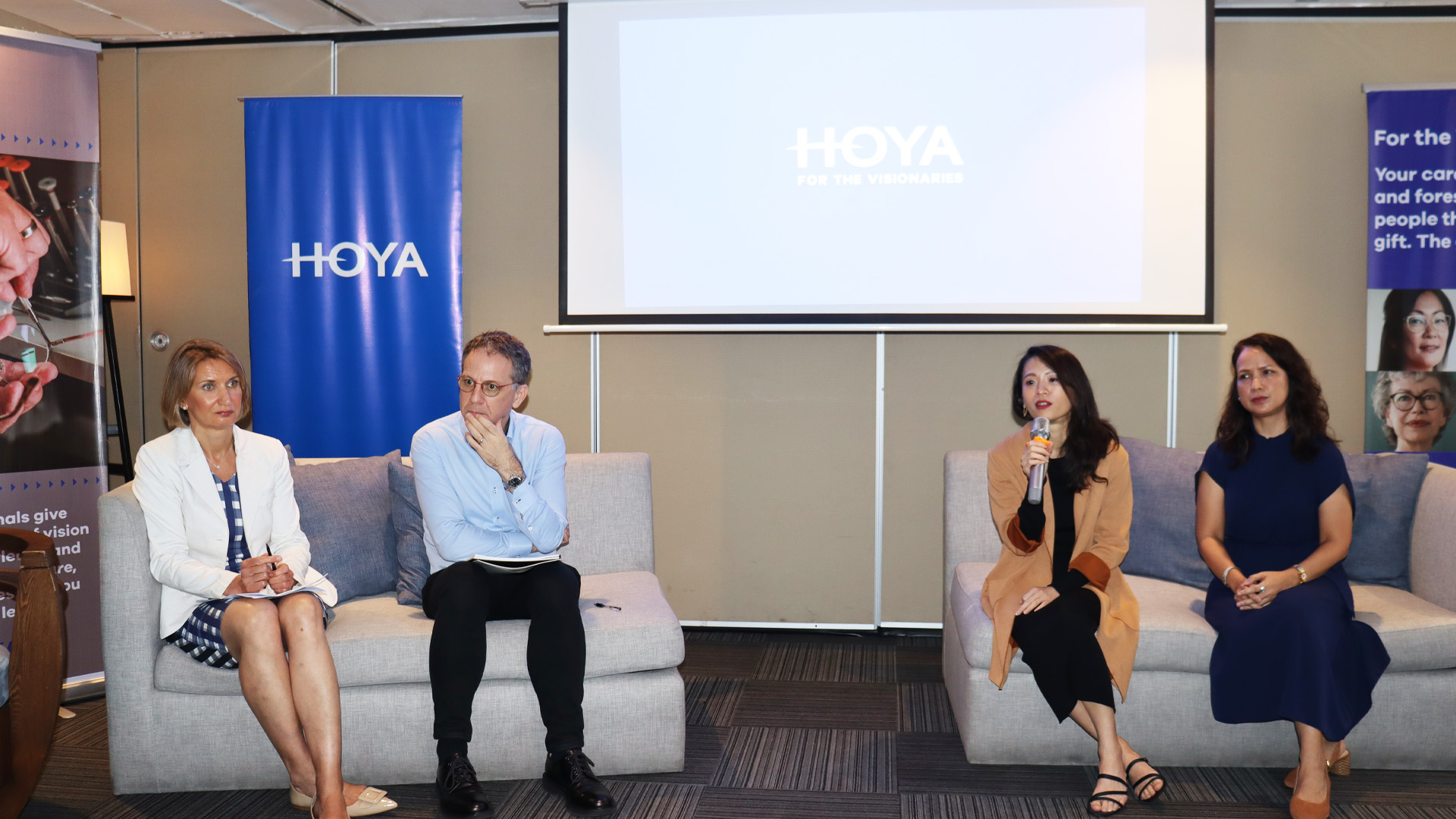In an effort to battle progressive visual impairments that significantly impact children’s quality of life, academic achievements, and overall long-term eye health, HOYA Vision Care pioneers eye care solutions through its advanced and innovative product lines.
In the Philippines where approximately 30% of the population are children between the ages of 6-18 years old, an estimated 8 million Filipino children may suffer from myopia.
Moreover, the Philippines was also seen to be prone to hesitancy when it comes to dealing with eye health, especially among Filipino children.

With this, the global optical and healthcare solutions company recently hosted a roundtable discussion to share its knowledge and expertise in myopia control amongst children through the help of its six-year clinical study, which was recently presented at the Association for Research in Vision and Ophthalmology (ARVO) 2022 conference in the United States.
For over 60 years, HOYA Vision Care has been a passionate and global leader in optical technology innovation. As a manufacturer of high-quality, high-performing eyeglass lenses, HOYA continuously aims to bring the best possible vision care solutions to Eye Care Professionals and their patients around the world.

“HOYA aims to be at the forefront of myopia management as we remain steadfast in our commitment to producing innovative eye care solutions that aim to deliver optimal results for all our patients,” shares HOYA Vision Care CEO Alexandre Montague.
Combating Myopia in the Philippines
Myopia, or nearsightedness, is a vision condition wherein individuals can see objects clearly up close but may appear blurred further away. Currently, global data have shown that over 22.9% of the world’s population have myopia with 2.7% having high myopia. It is predicted to increase to 49.8% and 9.8% of which is high myopia by 2050.
Philippine Eye Research Institute study has shown that Filipino children are most likely to be affected by visual impairment, which doubles when they reach adolescence.
As students massively transitioned to the digital platform brought about by the pandemic, research has shown that children who use screens for greater than three hours per day are almost four times more likely to be myopic compared to those spending one hour on screens per day.
While myopia is irreversible and incurable which can lead to an increased risk of having vision-threatening conditions such as cataracts, glaucoma, and retinal detachment if it is left unaddressed, the condition can be managed through early intervention and regular consultations with eye care practitioners who are equipped to provide professional advice in finding the right myopia management options.
Moreover, the Philippine government constantly pushes for regular and comprehensive eye screening among kindergarten students through the National Vision Screening Program (NVSP) which was mandated in 2019.
These efforts are aligned with HOYA’s commitment to constantly provide innovative solutions to cater to the ever-changing needs of its patients. During the discussion, Oxana Pastushenko talks about HOYA’s award-winning product, MiYOSMART, which are spectacle lenses that correct the visual defect using the revolutionary D.I.M.S. (Defocus Incorporated Multiple Segments) technologies, proven to slow down myopia progression by 60%.
“While we cannot control factors that may lead to rapid myopia progression in children, we are keen to ensure that innovative, non-invasive myopia management options are accessible to parents as MiYOSMART becomes available in the Philippines. […] Let us act now, and give them more opportunity tomorrow”. concludes Montague.
To know more about HOYA Vision, you may visit their website at https://www.hoyavision.com/ph/






















